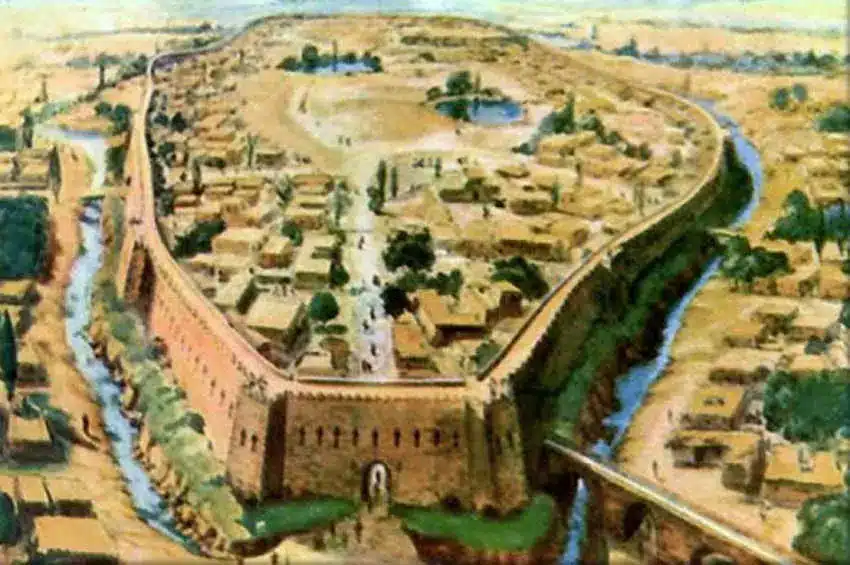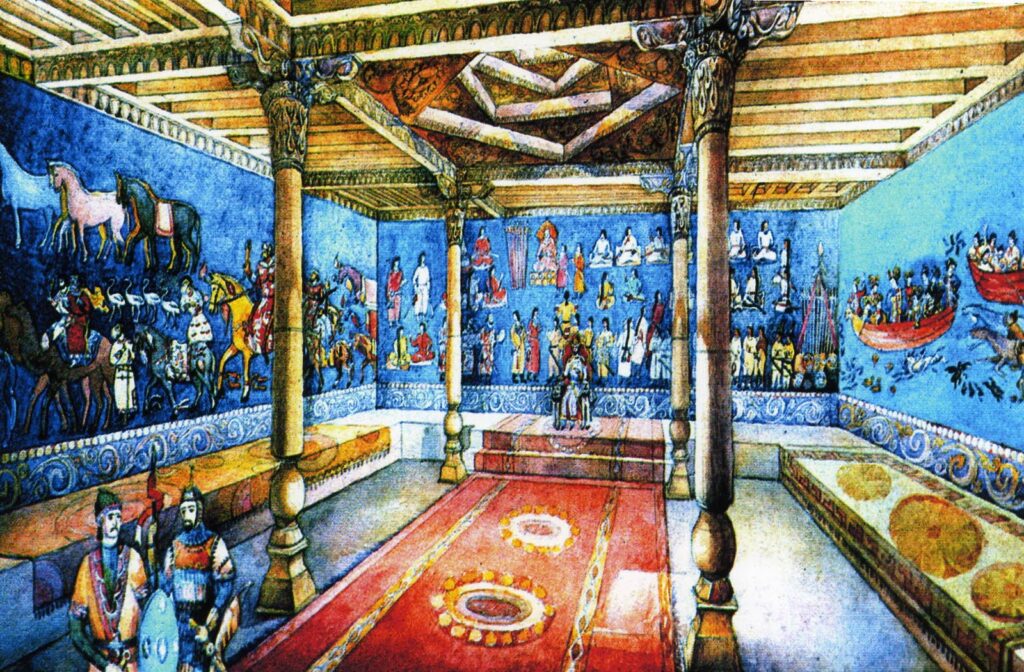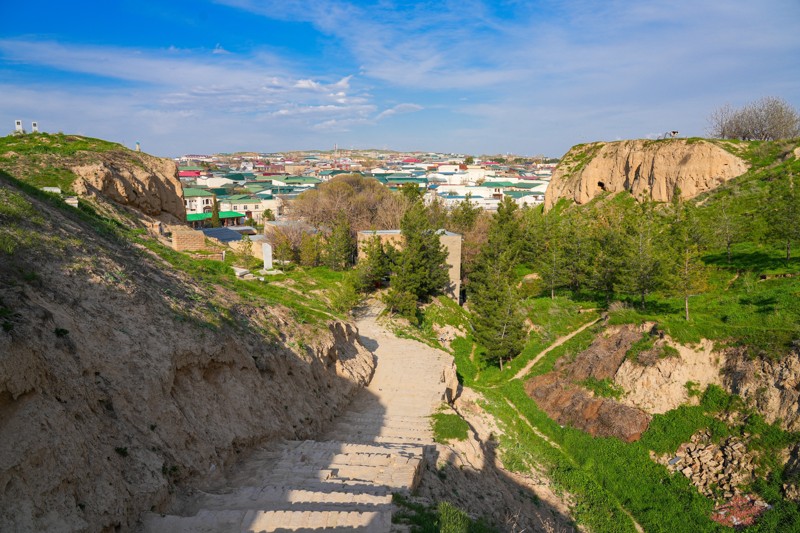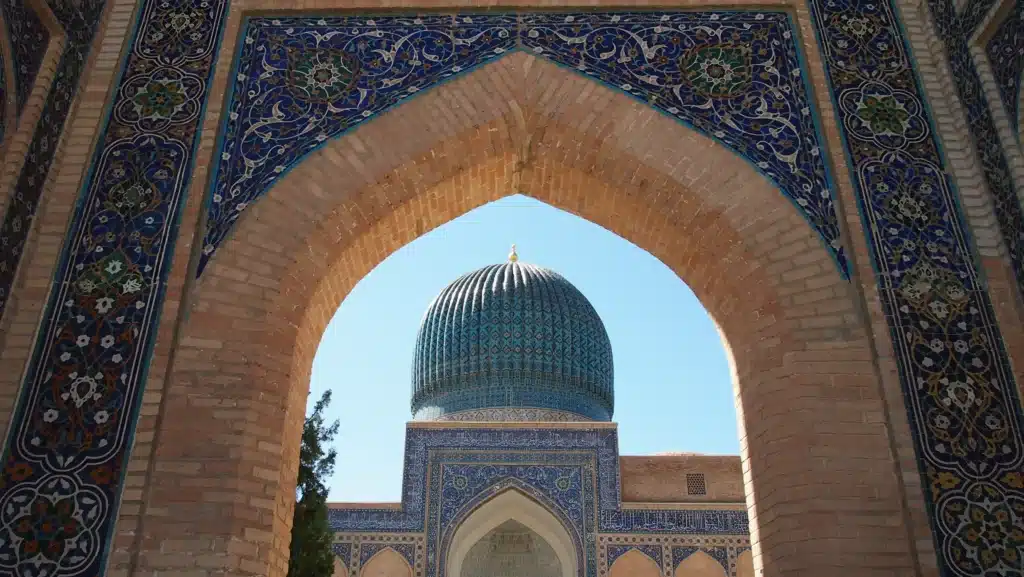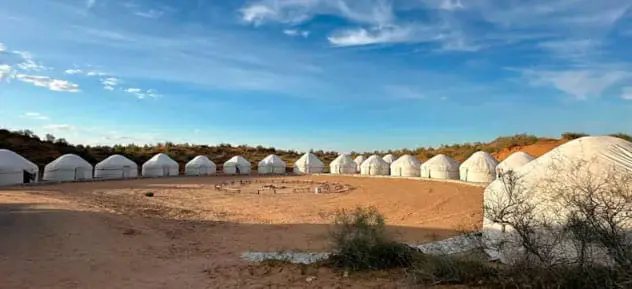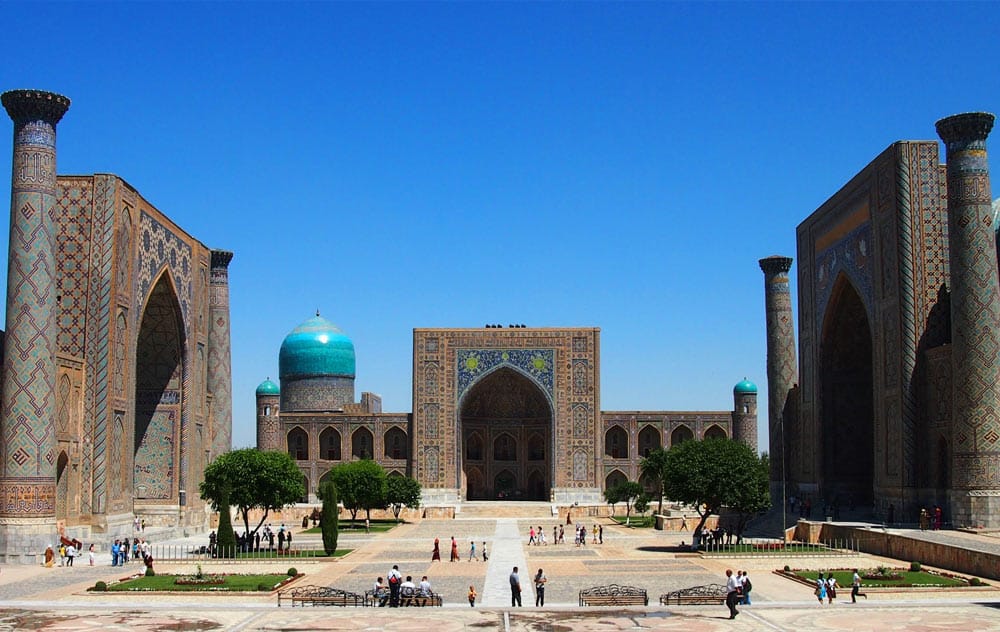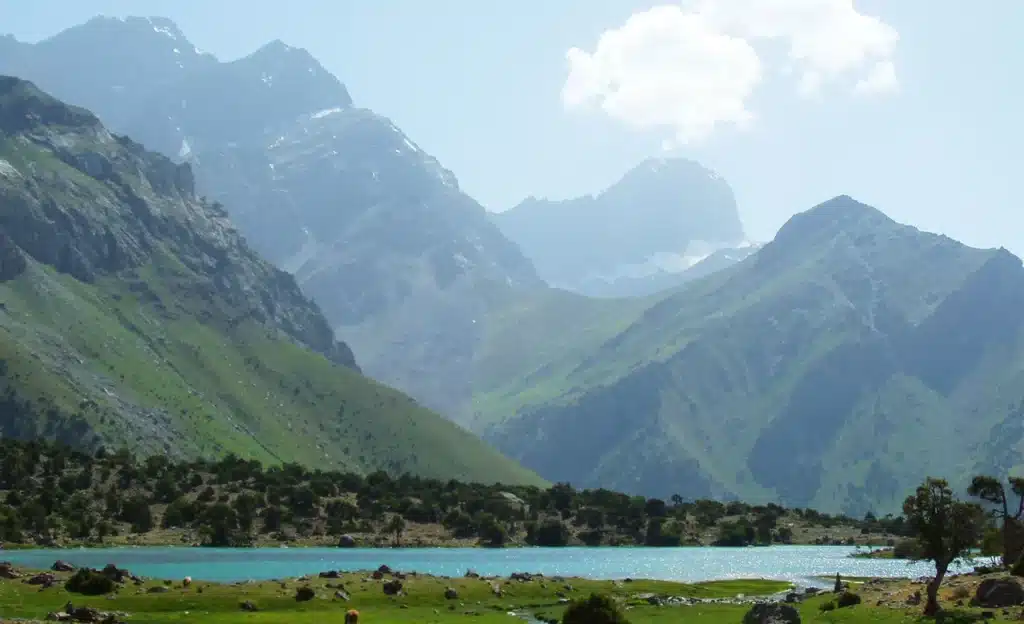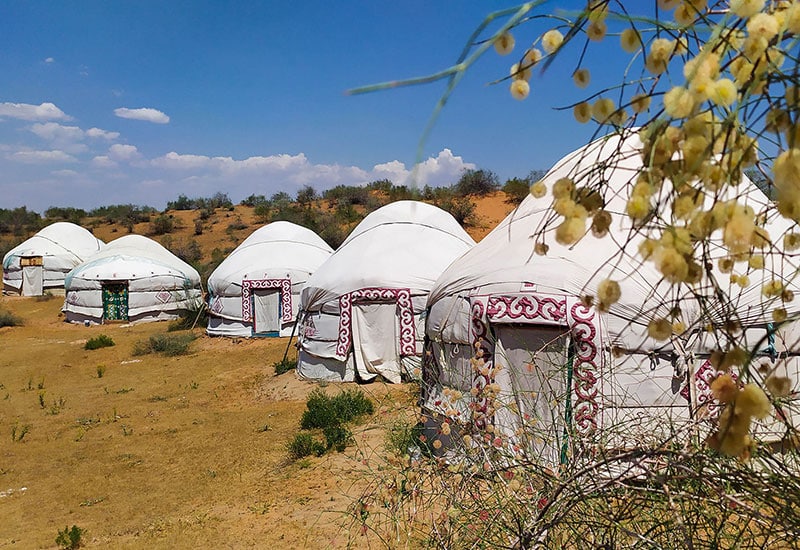Samarkand’s First Walls: Myth and Reality of an Ancient Fortress
Introduction: The Ancient Walls Few Speak Of
While most travelers admire the Registan or the Gur-e-Amir, few realize that Samarkand’s true story begins long before Timur—with ancient walls that once stretched over 10 kilometers. These ancient Samarkand defenses, both mythical and archaeological, guarded not just a city, but an entire agricultural civilization.
The Myth of the Three Walls
King Fereydun and the 50,000 Steps Legend
One of the earliest references to Samarkand’s ancient fortifications comes from a medieval legend, retold by Soviet archaeologist M.E. Masson. According to this tale, long before the Arab conquest, a giant wall surrounded the city. It was so vast that it measured 50,000 “kulach” (or steps). The story continues with a hero from King Fereydun’s army rebuilding the wall twice after its destruction—possibly reflecting three distinct historical wall phases.
Archaeological Evidence of Early Defenses
Afrasiab as a Walled Agro-Urban Complex
Modern research confirms that ancient Samarkand included more than just the fortified town of Afrasiab. It incorporated a wide rural zone, protected by massive outer defensive walls. Excavations in the late 20th century revealed:
- The first wall of Afrasiab was constructed as early as the 8th–7th century BCE
- Made from mud-brick and compacted clay
- Encircled an area of over 219 hectares, including farmland and pasture
These walls represent the oldest known defenses in Samarkand, built not only to protect citizens but also to safeguard food supply.
Samarkand Before Alexander the Great
The 70-Stadia Wall and the City’s Expansion
By the 4th century BCE, before the arrival of Alexander the Great, Samarkand had outgrown its earlier enclosure. Classical sources like Ptolemy refer to a new city wall measuring 70 stadia (~10.5 km). This matches with the period when the city’s agricultural hinterlands were absorbed into the urban core, demanding new defensive boundaries.
Surviving Traces: Where to See the Walls Today
Siab Bazaar, Tolstoy Street & More
Even today, visitors can see restored or surviving segments of Samarkand’s earliest walls:
- Near the Siab Bazaar, on the road from the airport
- Adjacent to the “Pjatachok” market zone (former city edge)
- Portions excavated in the vicinity of modern-day Tolstoy Street and Firdausi Street
These are not just relics—they are witnesses of over 2,500 years of continuous urban development.
Defensive Urbanism: A City That Included Its Fields
Agricultural Strategy in Early Fortification Planning
What makes ancient Samarkand defenses unique is their integration of agricultural land within the city perimeter—unlike typical medieval cities. The inner core (ark, temples, elite housing) was protected, but so were:
- Workshops
- Markets
- Irrigated land
- Pasture zones
This design ensured self-sufficiency during sieges, a lesson not lost on future rulers like Timur.
The Enduring Legacy of Ancient Samarkand Defenses
These early fortifications laid the foundation—literally and figuratively—for Samarkand’s role as a capital of empires. While Divori Kundalyang and Divori Qiyamat came later, the very idea of protecting the urban-rural continuum started here.
Conclusion: A Forgotten Wall That Still Shapes Samarkand
The mighty Registan square may draw the cameras, but Samarkand’s soul lies hidden beneath its neighborhoods—where mudbrick walls from 2,500 years ago still peek through. Understanding these defenses is to understand the city’s enduring resilience.


